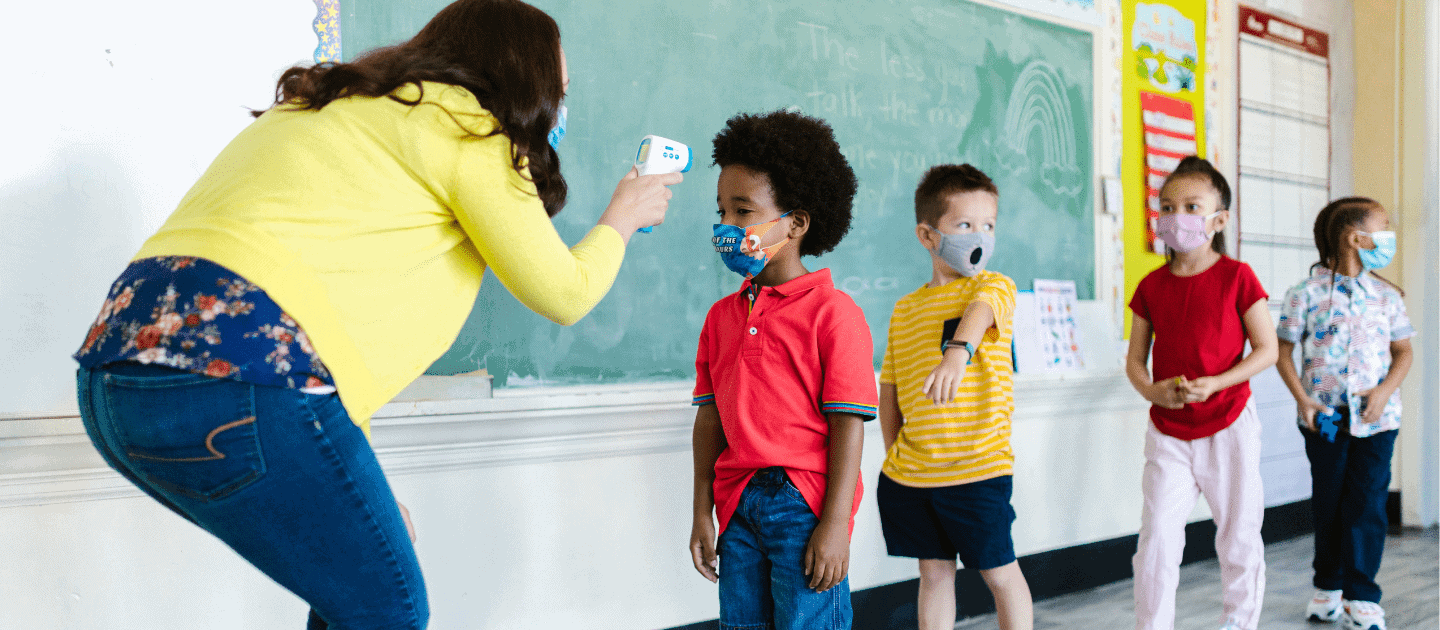
School-Based Mental Health Interventions Targeting Depression or Anxiety
Special educators were already experiencing high rates of stress and burnout before the pandemic. This study emphasizes the additional stress on special educators during the pandemic.
19 May 2024

